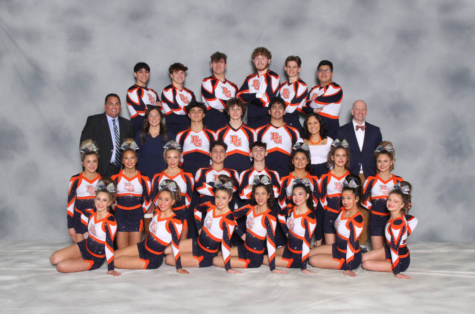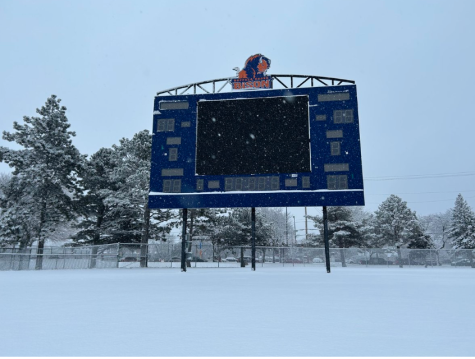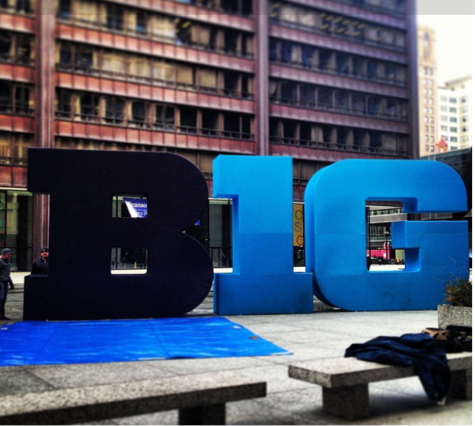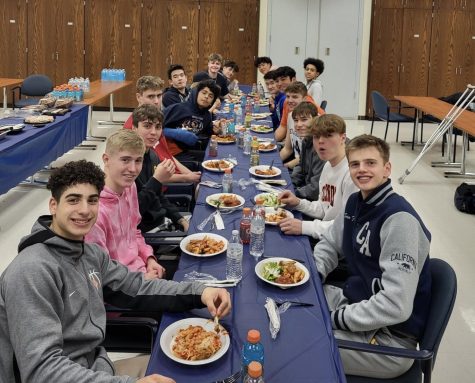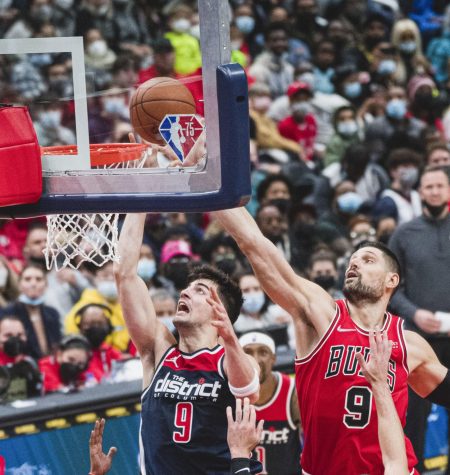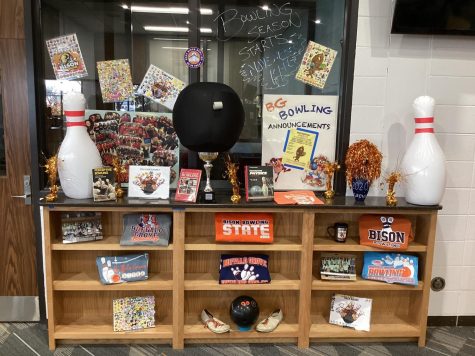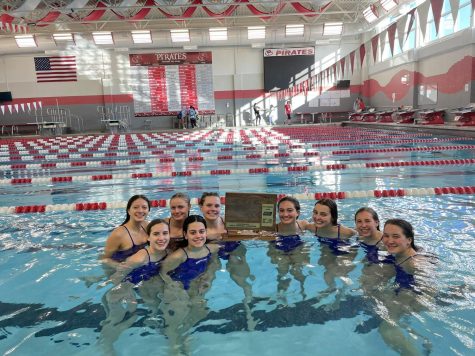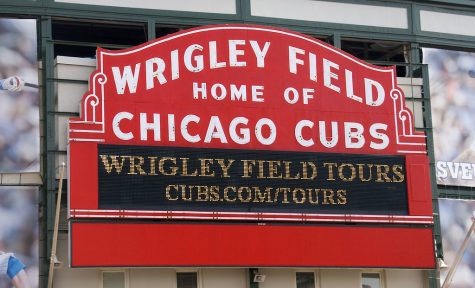The unwanted impact of commercializing youth basketball
The story of the rags to riches athlete has long been cause for inspiration among young children across the country. Athletes like Dwayne Wade and Derrick Rose emerged from low income neighborhoods, and rose to the highest level in basketball stardom, winning championships and MVP awards. But as a new form of recruiting and social media begins to take shape, these stories are harder and harder to come by.
Social media pages like BallIsLife.com and Overtime.com post highlights and breakdowns of up-and-coming players on their Instagram, Snapchat and Twitter pages, where they are displayed for millions. These pages often begin showing these athletes at as young as the sixth grade, which allows for college recruiters to view outstanding players from a young age. While it can be fun to see the prospective upcoming classes of athletes, the impact of this kind of marketing is still up in the air.
Very often, these recruiting sites post videos of Amateur Athletic Union games, club teams that aren’t affiliated with high schools. According to an article by Doug Green at the QuadCity Times, players’ families can expect to pay $400 to $4000 every summer to play in AAU leagues. For kids that live in a low economic standing that would have previously been on an even playing field with those outside, they now face a disadvantage from not being able to get their name out into the recruiting cycle.
Players such as Rose and Wade that used to represent their hometown high school’s jersey name are few and far between. Aside from select nationally ranked schools, local teams seldom garner interest from recruiters and college coaches, forcing athletes with hopes of playing at the highest level to fork over their cash to leagues with exponentially growing prices.
Now, AAU does provide some benefits. It allows the best talent in the country to duke it out against each other, regardless of class or conference, inside of states and out. It also makes it easier for recruiters to find out about nationally ranked prospects.
But gone are the days of packed high school gyms, which have since been replaced by tournaments run by these social media pages that require buy-in fees from teams, and have become a monopoly in and of itself. The high school basketball scene is diminishing, and going with it is a good amount of talent from individuals incapable of spending an arm and a leg to lace up on the floor.

